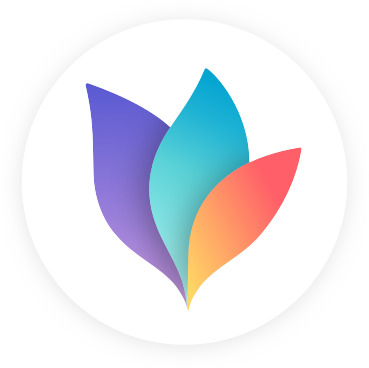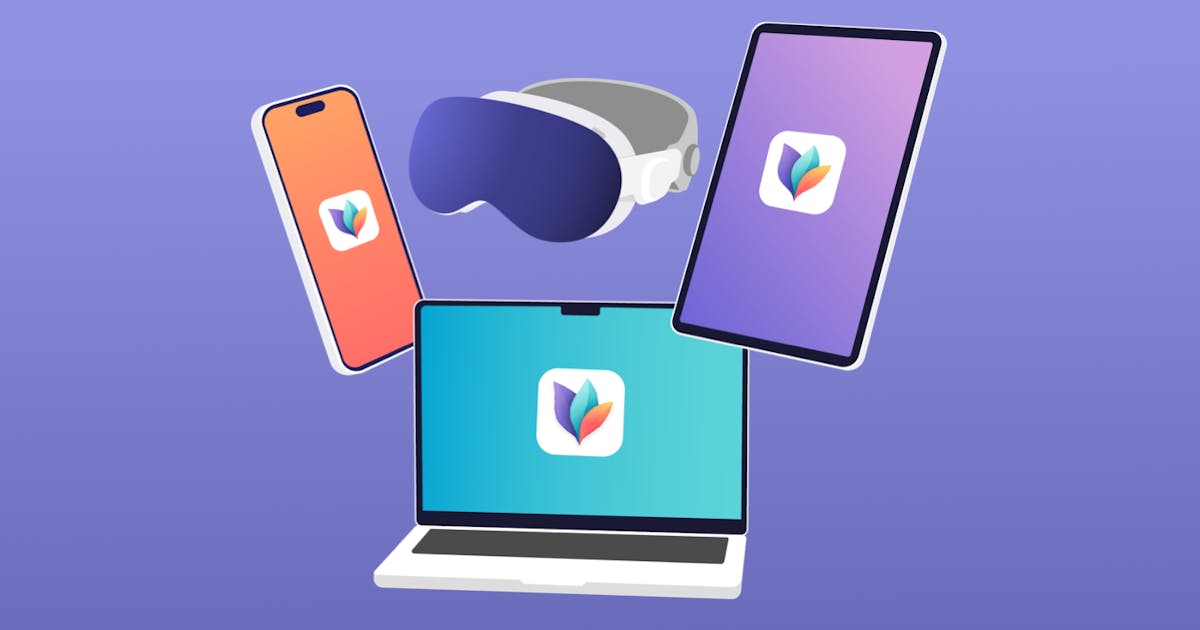
User Guide
Helping you get all you need from MindNode. Learn everything from the elementary to the most advanced features, shortcuts & functions.
User Guide
About MindNode Next
Every great idea starts with a single thought. And another. And a million more. Whether you’re sipping coffee or lying on a beach — MindNode Next helps you capture those ideas and turn them into a clear visual.
This brand-new version of MindNode is built for the new age of spatial computing and collaboration. MindNode Next is built on a new foundation that allows for conflict-free document syncing. Now, documents are managed directly in MindNode Next using iCloud and are no longer stored in files on disk or third-party storage locations.
This User Guide is for the MindNode Next app. You can download the User Guide for MindNode Classic: here. (Note: MindNode Next and MindNode Classic do not yet have feature parity. Find our roadmap for MindNode Next here.)
Requirements
MindNode Next for Mac requires a Mac running macOS Sequoia 15.0 or later.
MindNode Next for iOS/iPadOS requires an iPhone or iPod touch running iOS 18.0 or later or an iPad running iPadOS 18.0 or later.
MindNode Next for Apple Vision Pro requires an Apple Vision Pro running visionOS 2.0 or later.
Languages
MindNode Next is localized in 15 languages: Arabic, Simplified Chinese, Traditional Chinese, Dutch, English, French, German, Italian, Japanese, Korean, Portuguese, Russian, Spanish, Swedish, and Thai.
Support
Check out our Support Articles and read the answers to the most common questions. You can also email us at support@mindnode.com.
Glossary
Node: a space where you can add text and images — each representing a thought, topic, or idea.
Node well: where you create a new node (represented by a + symbol).
Main node: the central idea or topic of your MindNode mind map.
Child node: a thought/idea that is connected to another one.
Sibling nodes: thoughts/ideas on the same branch at the same level.
Parent node: the initial thought/idea that connects sibling nodes.
Branch: a group of thoughts/ideas related to one another.
Connection: an alternative way of connecting thoughts/ideas on the same or different branches.
Canvas: the area outside nodes, the background, so to speak.
Stickers: visual illustrations you can add to your MindNode mind map to make things more fun.
Notes: a way to expand on your thoughts/ideas without them always being visible.
Tags: a way of making nodes (aka. thoughts and ideas) searchable, no matter where they are located on your MindNode mind map.
Collaboration: Sharing and co-creating mind maps with others seamlessly in the app.

Last updated on
Print User Guide